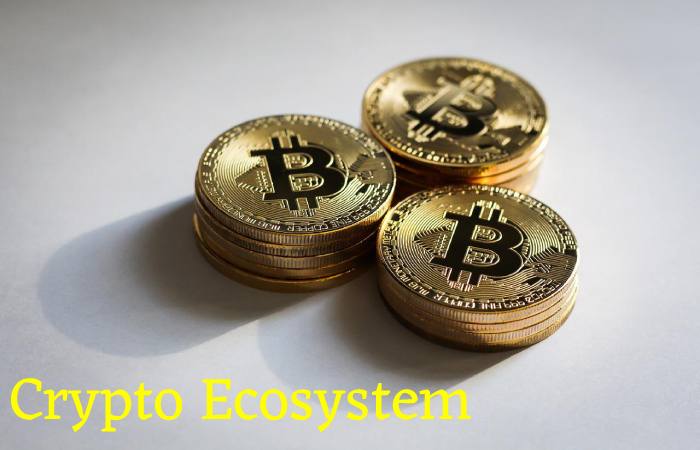Table of Contents
Introduction
Mapping the crypto ecosystem in the ecosystem can be daunting, you start off thinking it is all about magic internet money. Then realize that is just one use case that blockchain technology and cryptocurrency are disrupting.
Bitcoin – Fixing Money

Their intention was to create a new, better form of money, outside the control of the governments, that had in-built scarcity and required no permission to use.
How Bitcoin achieves, this is via something called a blockchain. That technology isn’t specific to creating a monetary system; it is about sharing and validating any data without the need to trust a central policing authority.
If you wonder what’s wrong with the money, we already have, read this article about fiat money and how it works. But Bitcoin’s success has inspired other types of internet money:
Bridges Between Blockchains
At the moment, this is usually achieved through bridging, which can be complex and expensive. It inspired the development of so-called layer 0 blockchains which, in turn, support L1 blockchains that enable interoperability, allowing L1 blockchains to be functionally linked to each other.
Oracles: Allowing Apps to Share Data
It is equally essential that blockchains and intelligent contracts receive/send data from the outside world; otherwise, they can only work concerning themselves. Oracles provide this service, sharing data in a specific way that preserves their independence, being essentially crowdsource rather than coming from a single provider.
What the Hell is Web3.0?
The Internet was born in 1983 but was not commercially available until the 1990s. That early era and the following decade are consider Web 1.0. It saw the global adoption of the Internet and the growth of online commerce.
Web 2.0 saw the web transition from a passive experience to something interactive through social media and user-generated content.
The big downside to that attention economy was that the social media behaviors that emerged, like Facebook and Google, did so by monetizing user data. Web 3.0 sees control returning to the user, which the decentralized nature of blockchains may facilitate
The Metaverse
Gambling is possibly the most popular modern pastime. We spend a lot of time playing our favorite games, which translates to fun and perhaps bragging rights. But those efforts, represented by a player account with associated prizes and in-game items, belong to the platform or game provider.
Many of these ecosystems are expect to go beyond what you would consider just a game. Thus is describe as a Metaverse, a virtual world explore immersively through a VR headset.
The fact that Facebook has branded as Meta shows how much excitement there is in this area, with the Covid pandemic providing an added push towards remote work and living, which could soon take place in a Metaverse.
Conclusion
The extent to which web 3.0 can fully meet those ideals still comes down to decentralization. The fundamental characteristic Mapping The Crypto Ecosystem of Bitcoin, where crypto began. So the cryptocurrency ecosystem is becoming increasingly tribal and political, especially as the value it represents grows.
